Partner

Romanità, or “Roman-ness” in English, refers to a philosophy that fuses the Roman spirit of the past, present, and future into one. And Palazzo della Civiltà Italiana in Rome’s EUR district is a textbook example. It scores a dieci out of dieci on the Roman-ness scale.
There are myriad ways the Palazzo honors Italy’s storied history. Its architecture draws inspiration from the Colosseum and exemplifies Italian rationalism and Fascist-era design, with neoclassical elements throughout. Flanking all four sides of the building are statues paying tribute to Italian culture—music, philosophy, astronomy, theatre, military genius, and more. Built in the late 1930s under Fascist dictator Benito Mussolini, the building still bears one of his quotes on its façade. As a relic of a dark chapter, it underscores the need to confront history in full—lest we repeat it.
After World War II, the Palazzo appeared in several films as a symbol of Fascism’s downfall. In Titus (1999), Julie Taymor’s adaptation starring Anthony Hopkins, it serves as the residence of Emperor Saturninus, drawing visual parallels between ancient Roman tyranny and Fascist architecture. Other film credits include Rome, Open City (1945), Equilibrium (2001) with Christian Bale, Zoolander 2 (2016), and The Last Man on Earth (1964).
Today, the Palazzo houses the headquarters of Italian fashion house Fendi—who reportedly pay 2.8 million euros a year in rent (apartment renters in Paris or NYC might call that a steal). Its transformation, along with the EUR district’s evolution into a business and residential hub, offers a glimpse into the area’s future. Yet even as the neighborhood changes, the Palazzo stands as a testament to a layered past—the picture of Romanità.
Looking to read more about this area of the world? This location exists in a guide:
Read the Guide 41.8368815, 12.4652102
41.8368815, 12.4652102

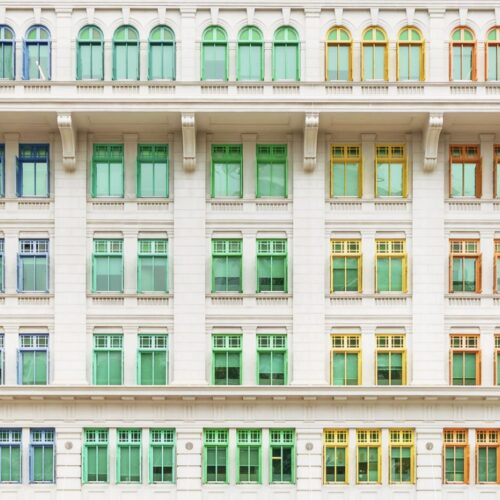

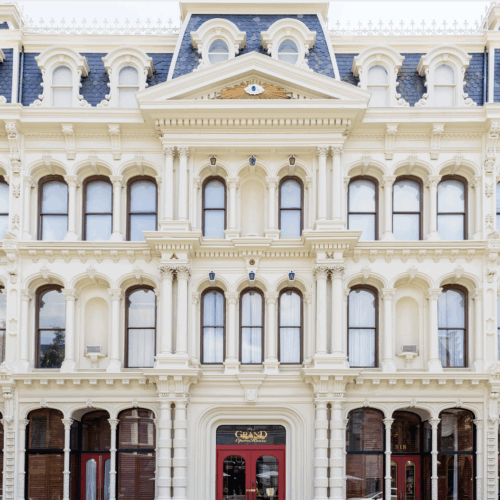
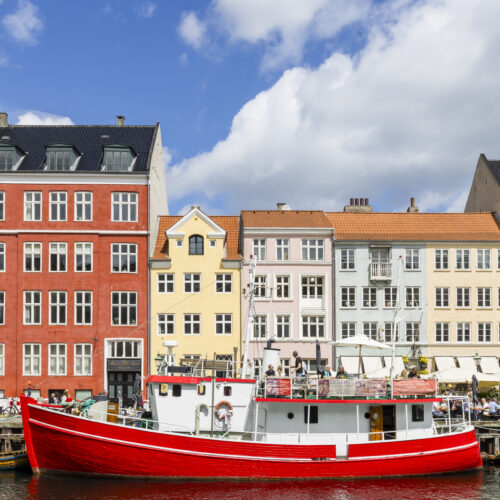



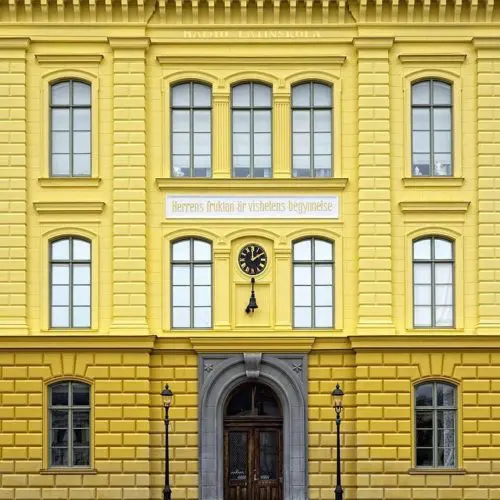

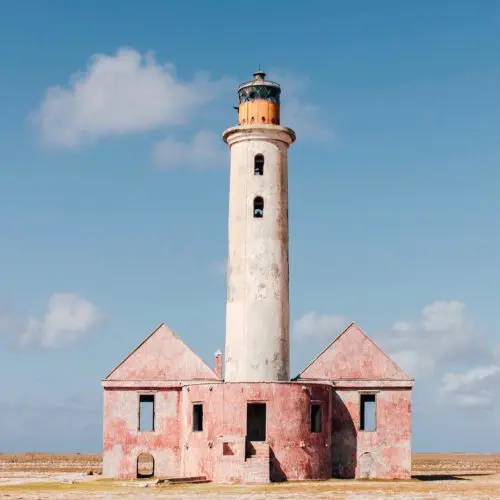









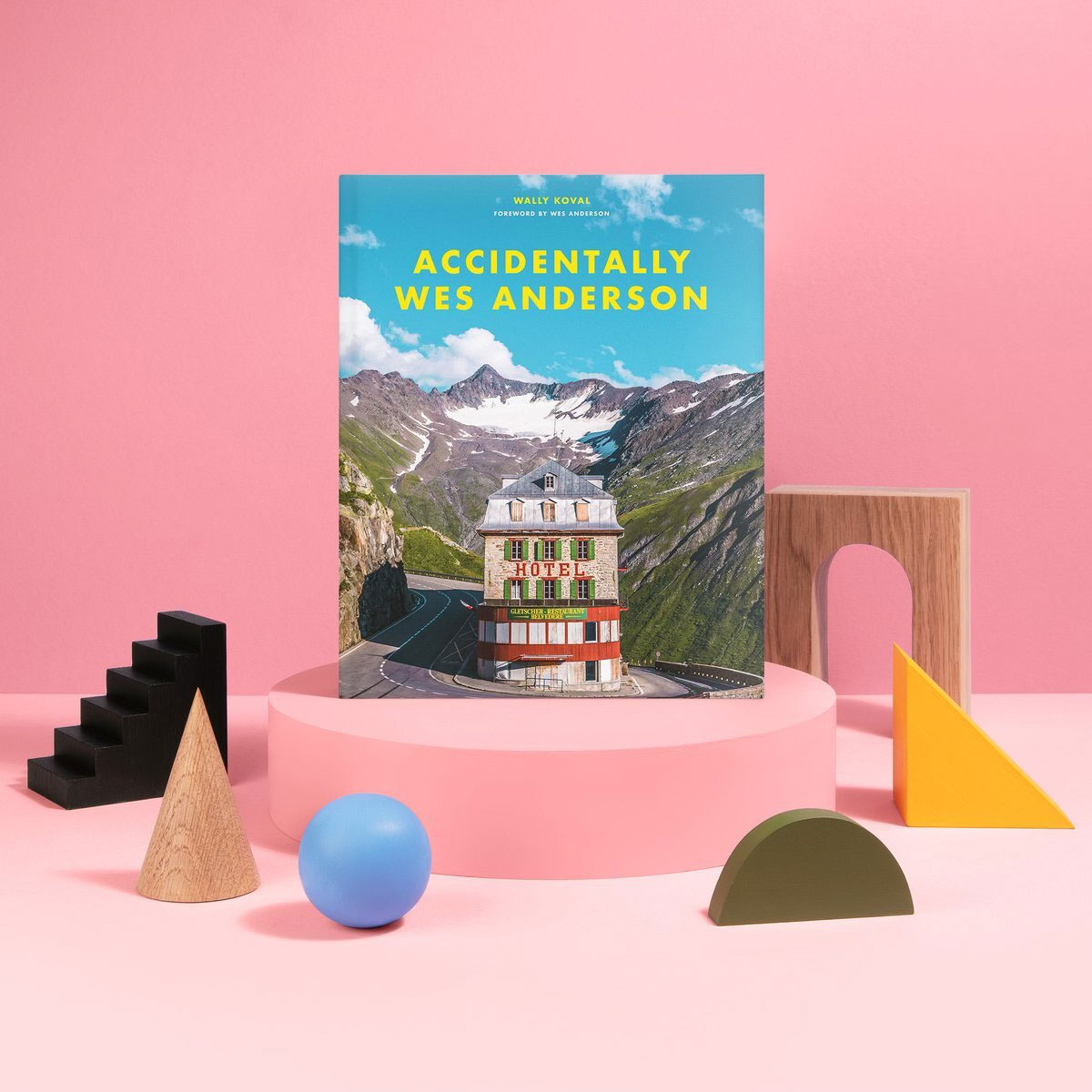



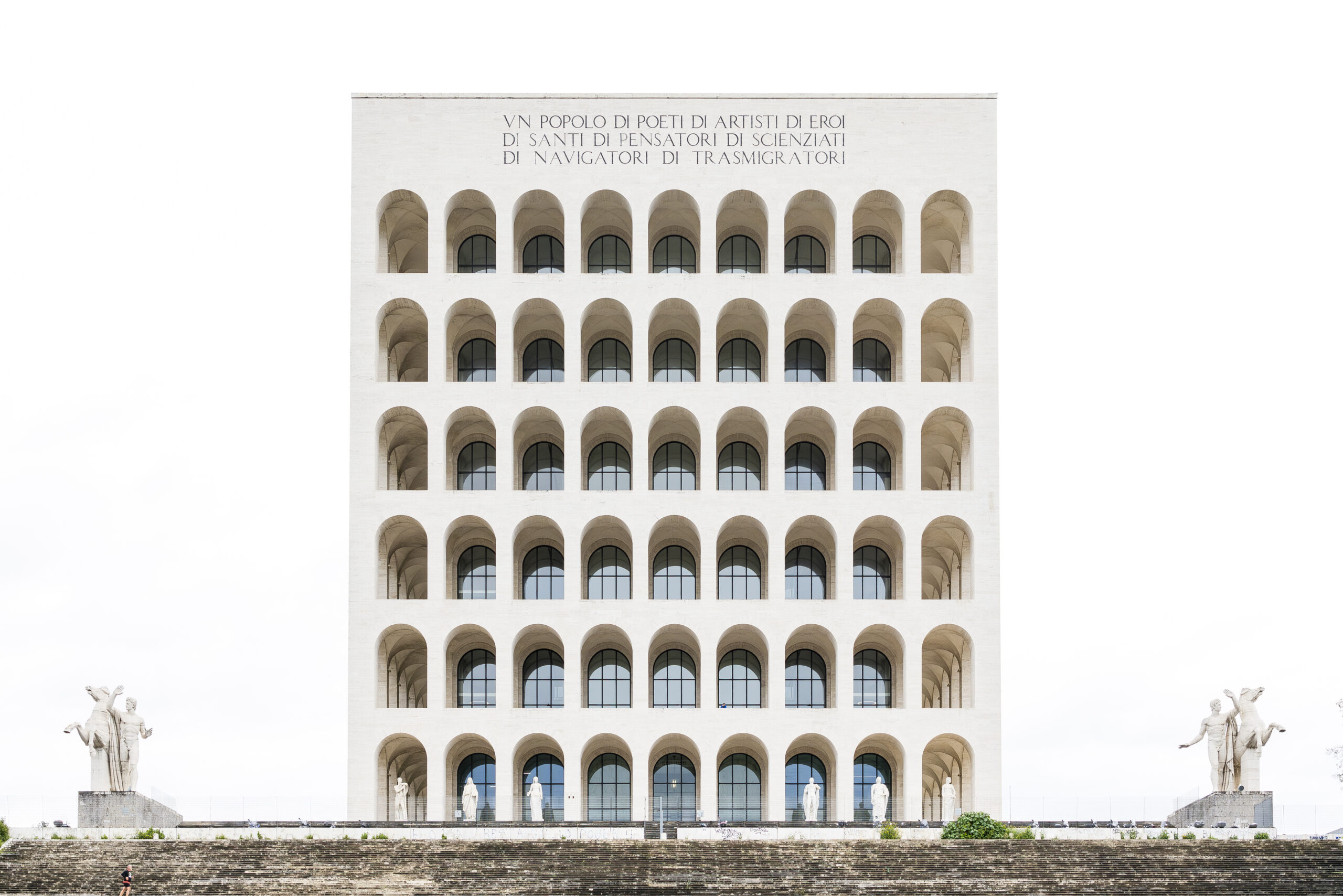
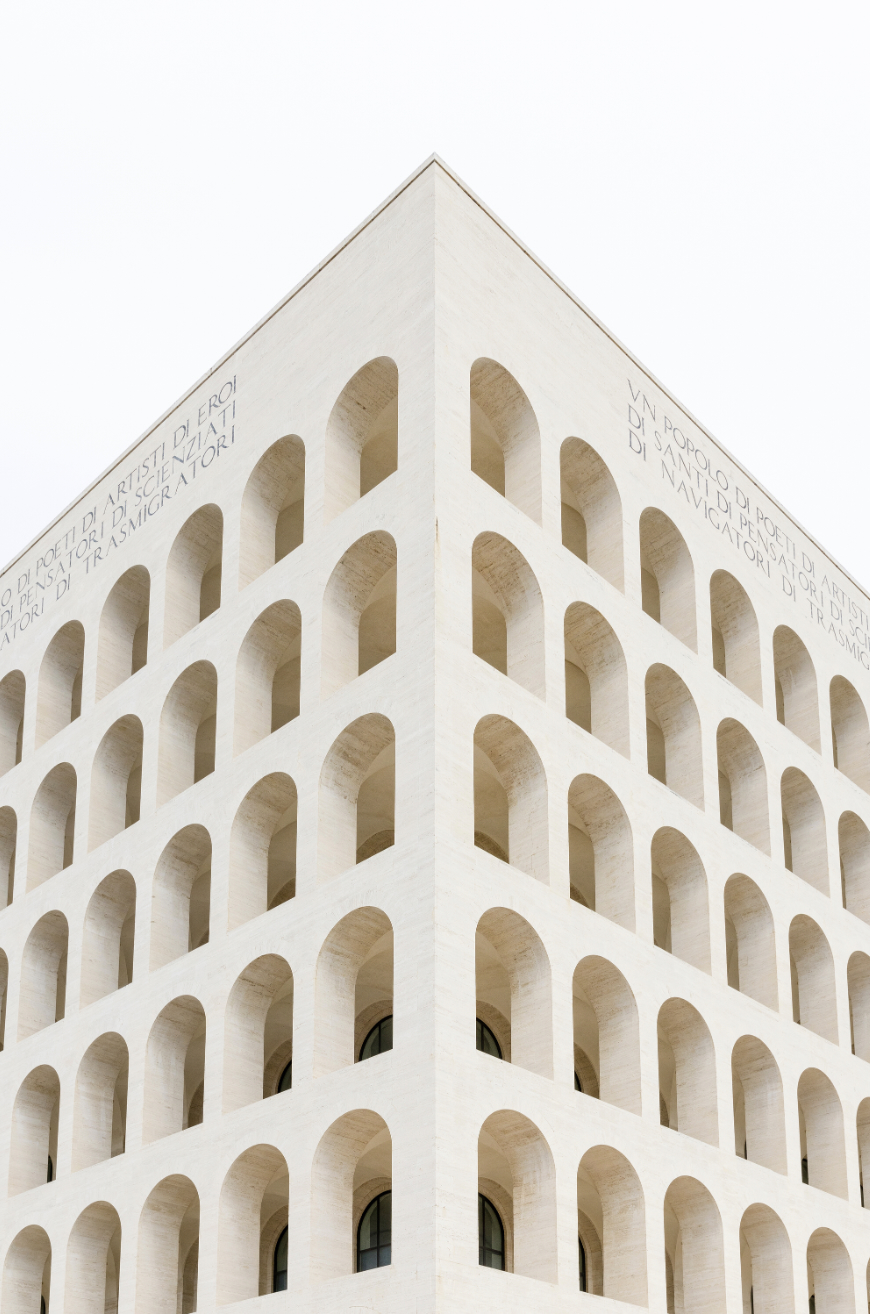
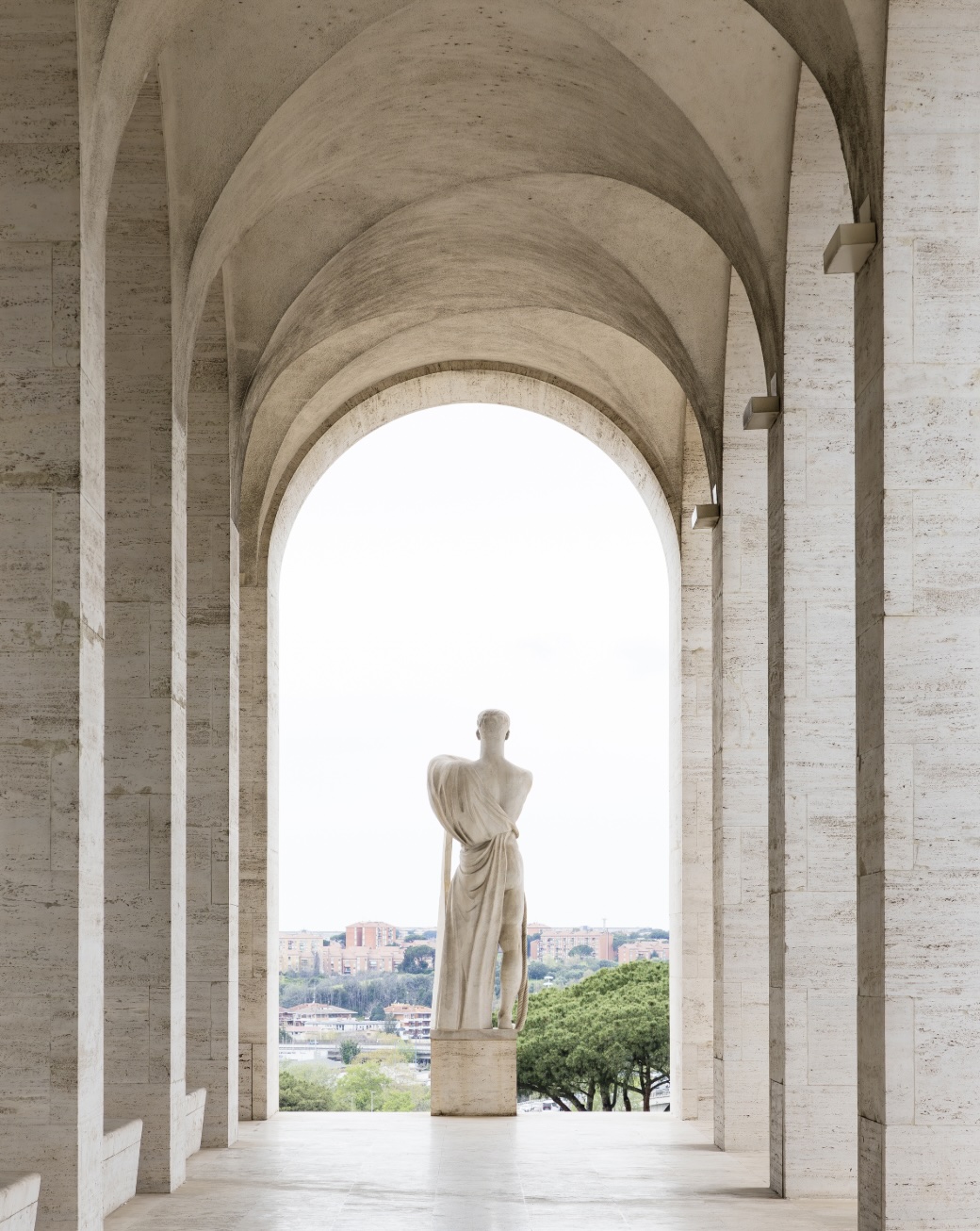
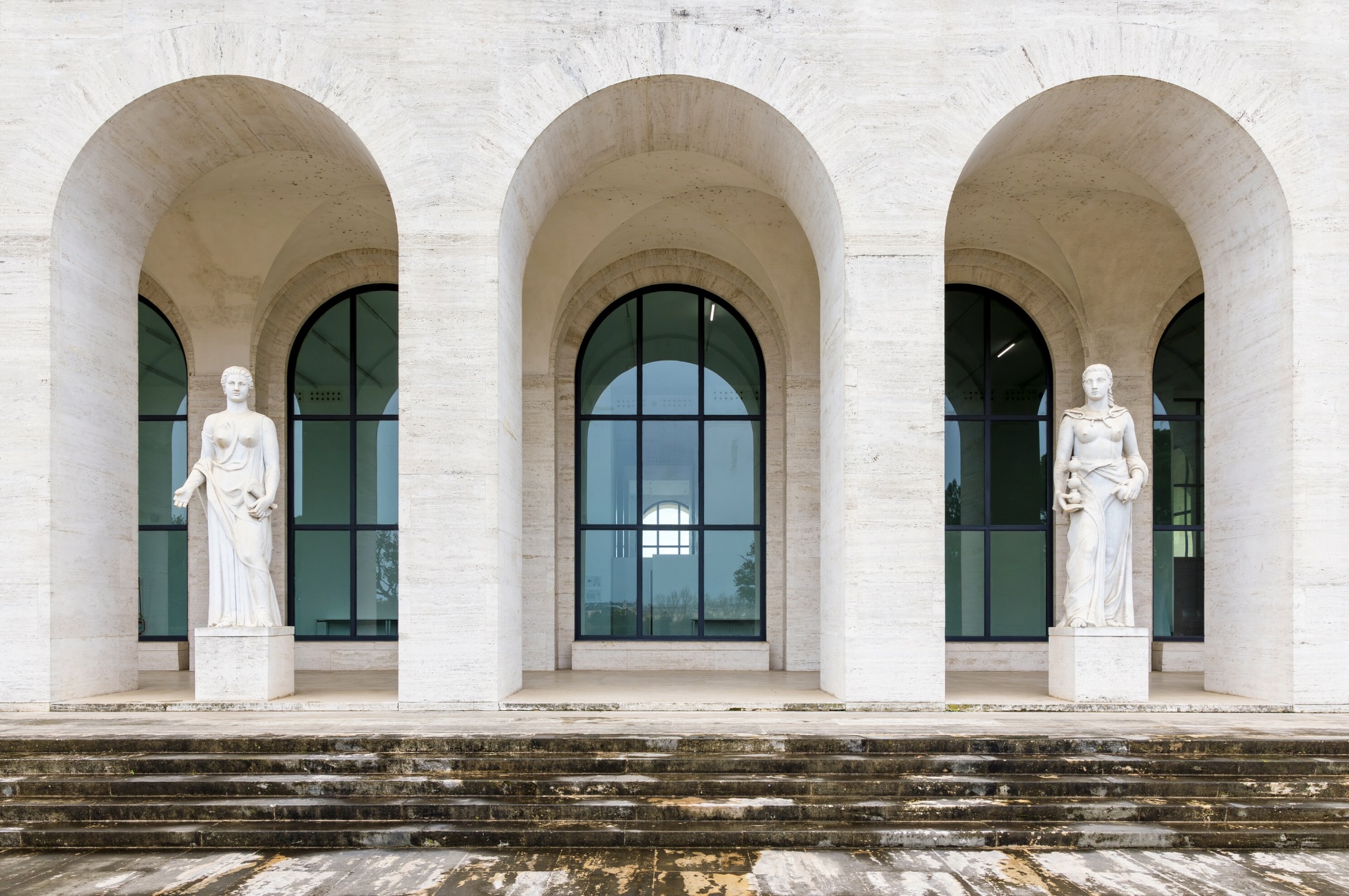


Know more? Share with the community!
Submit Your ImageLogin/Sign Up.